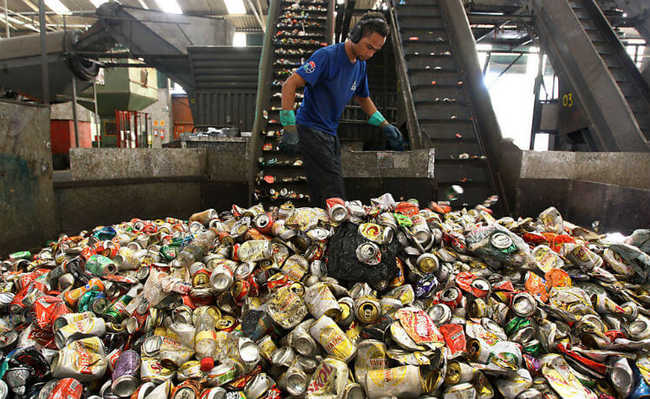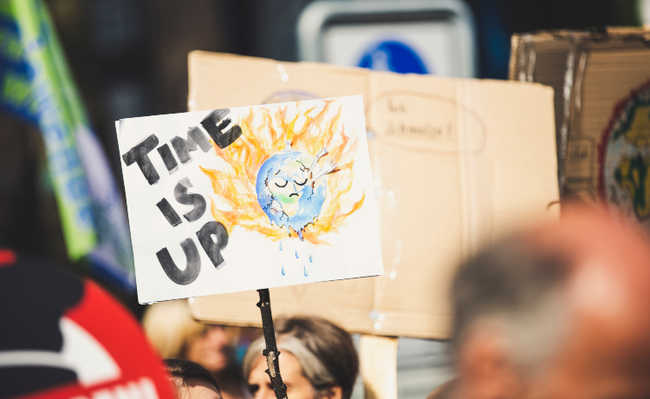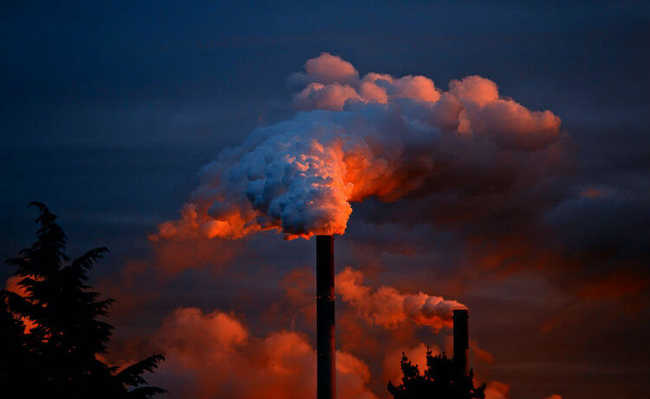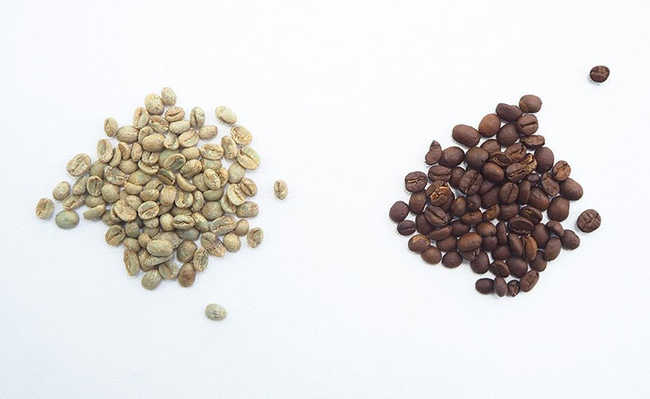What is mechanical recycling?
It is the physical recycling of discarded objects

Recycling, in general, is the transformation of a material that would no longer have any use into something usable again, but it is important not to confuse the concepts of recycling and reuse.
While in recycling the object needs to undergo some transformation in its physical, chemical or biological state, in reuse it is only used again, without changes. A jar of jelly, for example, which has already been used, washed and used to store homemade pepper sauce, is something reused, not recycled. To be recycled, the glass would have to be cleaned, going through a grinding process that would make it raw material for the production of other pots or different items.
In the case of mechanical recycling, the theme of our article, recycled materials undergo a physical alteration process.
Phases
In order to physically change an object so that it can be used again, that is, physically recycled, it goes through a series of reuse operational steps. Among these steps are crushing, washing and reprocessing of the waste (physical change through the change in format by temperature, preserving the chemical properties and/or physical changes through crushing/grinding). But in general, these steps can vary depending on the type of material to be recycled.
Difference between primary and secondary
Mechanical recycling is divided into two types: primary recycling and secondary recycling. In primary, discards have the same characteristics as the original product (virgin material) and originate in the industry itself. Disposal of this type can be, for example, plastic waste from the industrial process (defective parts, shavings, burrs from the production line, and are called post-industrial waste .
In secondary, despite having the advantage of the ease of obtaining solid waste, usually from urban sources, they have inferior characteristics, as they come contaminated by food and other materials and require prior selection. Disposals of this type are called post-consumer waste, and are, for example, cosmetic bottles, beverage bottles, beer and tea cans, and so on.
Primary recycling is advantageous over secondary recycling, as primary materials are not contaminated, they better conserve their physical, chemical and mechanical properties, and are better suited to the recycling process.
Mechanically recyclable materials
Basically, it is possible to mechanically recycle plastic, metals, ceramics and glass, and in some cases it is possible to reprocess two or more materials, even from different classes.
In Brazil
In Brazil, we can highlight three items of great importance in the field of mechanical recycling: aluminum, glass and plastic.
In 2010, 953 thousand tons of plastic were recycled (606 thousand tons were composed of post-consumer plastic). Of this total, 19.4% were mechanically recycled.
And among all types of recycled plastic (HDPE 12.7%, PVC 15.1%, LDPE/LDPE 13.2%, PP 10.8%, PS/XPS 14.3%, other 8.1%), PET it was certainly the most expressive, representing 54% of the total in 2010.
In 2003, Brazil was already world champion in mechanical recycling of aluminum cans, with an 89% recycling rate of all consumed cans.
With regard to glass, in 2007, 47% of all glass produced in the country was recycled.
Benefits
Plastic
Despite losing quality with each recycling process, mechanically recycled plastics require less investment than in chemical recycling facilities.
Furthermore, in the mechanical recycling of plastics, no pollutants are released, as the water used for cleaning, when not reused, is pre-treated for disposal.
Mechanical recycling of plastics produces higher profits for the final product, as the cost of the plastic raw material is lower in case it is reused than it is generated.
In the mechanical plastic recycling process, after selection (manual for removing other types of plastic, organic components and/or by magnets for removing ferromagnetic components), crushing and washing for decontamination (removal of organic materials mainly), the material is reprocessed (physically molded into a shape different from the original, without changing its chemical properties) and transformed into granules that will serve as raw material for new plastic objects.
Aluminum
In the case of aluminum cans, the savings associated with recycling 1 kg of aluminum represents a 95% reduction in electricity consumption compared to primary production.
In addition, for each kilo of recycled aluminum, 5 kilos of bauxite are saved, which prevents deforestation for the extraction of ore and allows for a reduction in the volume of waste from landfills.
Another advantage is that aluminum is 100% mechanically recyclable and can be recycled infinitely.
In mechanical aluminum recycling, after selection (manual for removing other types of materials, organic components and/or by magnets for removing ferromagnetic components), crushing and washing for decontamination (removal of organic materials mainly), the material it is cast and transformed into sheet rolls, which will serve as raw material for new packaging and objects.
Glass
Like aluminum, glass is also 100% recyclable. And its recycling process requires only 30% of the energy that would be consumed in primary production. With the mechanical recycling of glass, the emission of pollutants is reduced by 20% and the use of water is reduced by 50%. Furthermore, with the recycling of glass, it is possible to reduce the environmental pressure of sand mining (the raw material for glass).
In the mechanical recycling of glass, after separating the bottles of different colors (mechanical or manual to select green, transparent or amber bottles) and the removal of contaminants (caps, labels, stoppers, which can cause defects in future packaging and/or damage in the oven) the shards are crushed, which will serve as raw material for new bottles and/or other glass objects.
Socio-economic aspects
Mechanical recycling brings a number of benefits. With it, it is possible to reduce the volume occupied by solid waste in landfills and dumps, the pressure on the environment for the generation of raw materials, deforestation for the exploitation of bauxite and sand, etc., the emission of greenhouse gases and pollutants in water bodies.
In the socio-economic field, mechanical recycling allows for the generation of jobs and the reuse of raw materials.
Collectors
Despite being an informal activity that needs to be better recognized, recyclable waste collection is often the only subsistence activity for people who cannot find a place in the labor market due to low education, advanced age and other social problems. According to data from IPEA, the total population of Brazil that declares itself as waste pickers as its main occupation was 387,910 in 2010. However, this number is estimated to be higher. Therefore, it is understood that recycling also has this social function to be taken into account.
Precautionary Principle
Mechanical recycling is in line with the National Solid Waste Policy (PNRS), based on the precautionary principle, which establishes that the recycling industry must be encouraged and that everyone is responsible for the correct disposal of solid waste (manufacturers and suppliers, governments and consumers).
Where to correctly dispose of?
To correctly dispose of your solid waste, check which collection points are closest to your home on the eCycle Portal.










